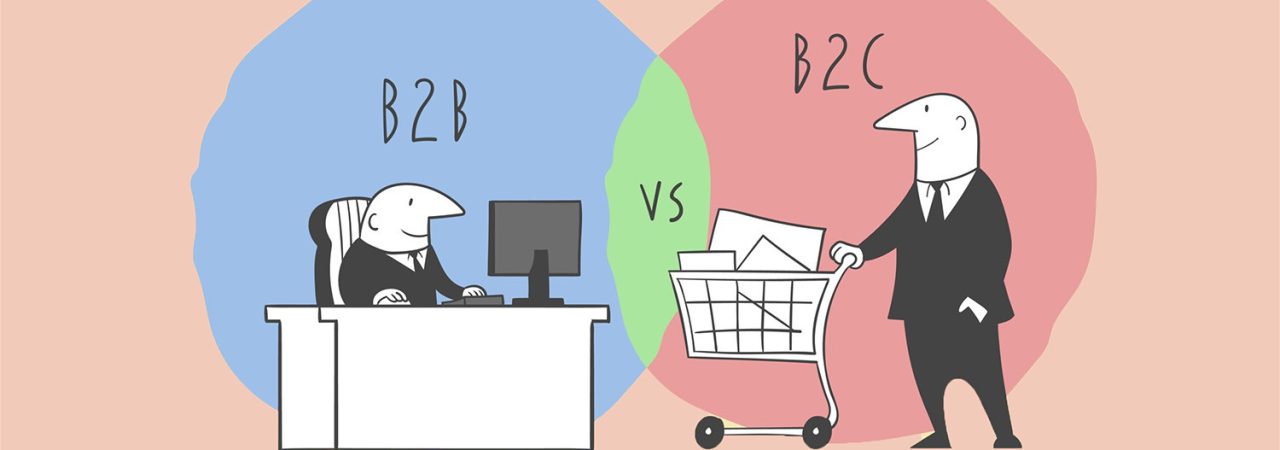Understanding B2B and B2C Content Marketing
Why does it matter to understand B2B and B2C Content Marketing?
You have heard it said in marketing circles that content is king. However, the real monarch here is the audience. This is why we come up with customer personas. We go to a large extent to define our target audiences, even describing their demographics and interests. One more ingredient in the attempt to understand our audience is categorizing them into B2B or B2C. This is because the way we approach marketing for these two categories is quite different.
In this article, we investigate B2B and B2C content marketing, and how to approach each of them.
B2B vs B2C Content Marketing
Let’s begin by distinguishing between B2B and B2C. B2B, business to business, simply means that a business sells its services or products to other businesses, directly. On the other hand, B2C, business to consumer, means selling services or products directly to consumers, usually for personal use.
It’s important to note that the same business can be both B2B and B2C. A local example is Safaricom. On their site, they have a ‘personal’ section and a ‘business’ section, each with distinct offerings.
So, how does B2B marketing differ from B2C?
Differences between B2B and B2C Content Marketing
Here are a few factors that differentiate B2B and B2C content marketing:
Relationships
The goal with B2B is to build personal relationships. The goal with B2C, contrastingly, is transactional relationships. B2Bs need to establish relationships that will ultimately result in repeat business and referrals. The marketing goal here is lead generation. B2Cs are aimed at making sales. Therefore, customer experience is non-negotiable. There is a focus on efficiency, for example, how fast customers are served during a drive-thru.
Messaging
B2B’s messaging is characterized by expertise, while B2C’s is marked by sentiment. B2Bs want to build trust and value as well as show how their offering stands out from the competition. B2Cs want the consumers to ‘feel good’ about the product or service. B2Bs need to back their content with research, reports, case studies, and statistics.
Related Post: Relevant Content: How to Personalize it for Success
Apple is quite impressive with its B2C messaging. When you visit their site and access the iPhone 12 Pro page, the elegance is imposing. The images load as you scroll, against a black background. The messaging is also spectacular:
“Blows other phones out of the water”
“More detail. In the blink of AI.”
User-generated content is also vital for B2Cs.
Mediums
As aforementioned, B2Bs need to demonstrate expertise. This means that you need to go for channels that can help you clearly explain your product or service and the value it offers. B2Bs will go for LinkedIn, blogs, and whitepapers for example. B2Cs have more options, from Facebook to Tik Tok.
Similarities between B2B and B2C Content Marketing
There are some similarities between B2B and B2C content marketing. One major one is that whether you want to target B2B or B2C, you need to define your persona. This way, you will be able to choose the platform that best works for them, and craft messages that they can resonate with.
It is possible to come across products that are both B2B and B2C. A good example is software. Even if the marketing may be solely focused on businesses, individuals can also subscribe. An individual who would like to schedule their social media posts for example would pay for scheduling software.
This means that you need to come up with content that appeals to both B2B and B2C. You may come up with white papers to appeal to the B2B customers while coming up with emotive messages for your B2C audience.
In Conclusion
A simple way to differentiate B2B and B2C content marketing is imagining that you are walking into a boardroom to make a business presentation. Your language will be formal, and you will build your case based on research and data. On the other hand, if you are going to hang out with your friends, and they ask about a product or service that you use, you are going to be casual and use sentimental language that describes your experience using the product. That is the way to communicate your B2B and B2C marketing messages.

